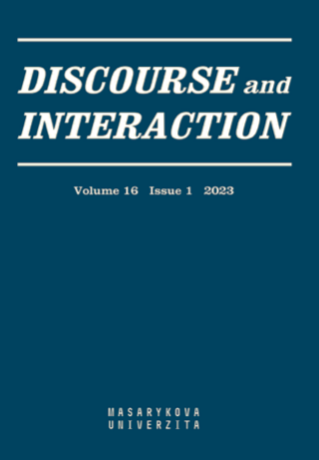Apocalyptic representation of Covid-19: a corpus-assisted discourse analysis of the World Health Organization’s discourse practices
Apocalyptic representation of Covid-19: a corpus-assisted discourse analysis of the World Health Organization’s discourse practices
Author(s): Sadiq AltamimiSubject(s): Language studies, Language and Literature Studies, Syntax, Semantics, Pragmatics, Sociolinguistics, Stylistics
Published by: Masarykova univerzita nakladatelství
Keywords: COVID-19; World Health Organization; corpus-assisted discourse analysis; discourse- historical approach; NVivo
Summary/Abstract: This study examines the interdiscursive representation of the coronavirus disease by the World Health Organization from the outbreak of the virus in January 2020 to the announcement of a successful vaccine in November 2020. The aim is to find out whether the agency has delivered apocalyptic language that increased anxiety and stress among the public leading to a weak human immune system, or contributed to creating global cooperation and placing emergency measures to fight the virus. I have adopted a discourse analysis approach, with the aid of NVivo qualitative software and corpus linguistic tools, for the analysis of a purpose-built corpus of the WHO Director-General’s speeches, focusing on referential, predication, perspectivation, intensifying, mitigation and argumentation strategies. The result of the analysis revealed that the WHO discourse referred to COVID-19 as an eccentric virus, qualified and intensified by the agency as a threat to humanity. The WHO adopted a subjective point of view, showing active involvement in the discursive representation of the virus and argumentatively asking people to unite until a vaccine is invented.
Journal: Discourse and Interaction
- Issue Year: 16/2023
- Issue No: 1
- Page Range: 25-46
- Page Count: 22
- Language: English

